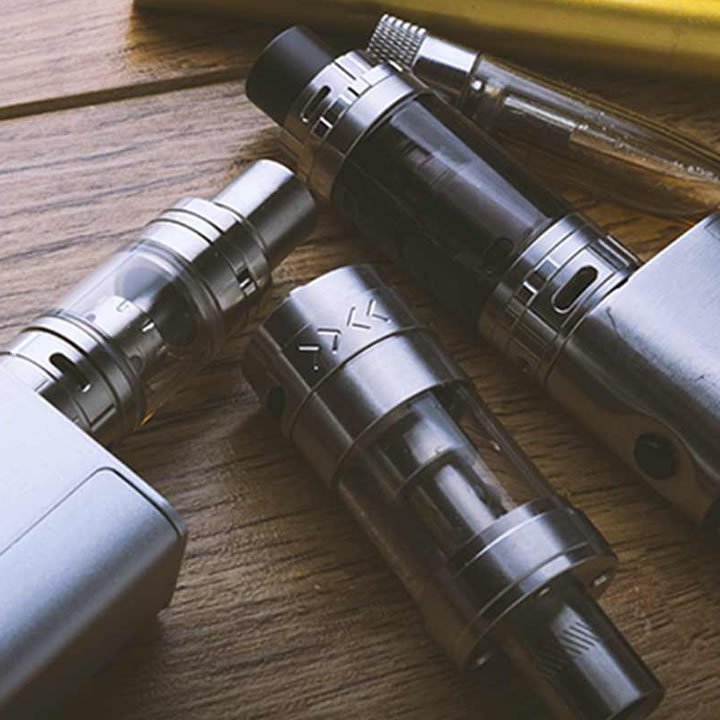Since the cannabis community has long benefited from vaping CBD and since CBD-dominant products (those with less than 0.3 percent THC) are now legal, it stands to reason that CBD is having a significant influence on the vape juice industry.
The liquid used in electronic vaping devices is called vape juice.
These gadgets are frequently referred to as a mod, batteries, or vape pens. Nicotine and flavor are traditionally added to vape juice, which is frequently used to encourage individuals to give up smoking tobacco.
Let’s take a closer look at how CBD vape juice and CBD vape carts from a cannabis store differ from one another.
Same CBD in both cannabis strains
The CBD found in vape juice originates from a different variety of cannabis plants than the CBD oil you may get from a legally operating cannabis store. The cannabis plant—also known as marijuana—from which the pot store CBD oil is generated is the familiar cannabis plant.
Hemp is the source of CBD that is included in vape juice. Hemp is the ideal cannabis plant for infusion because it can be produced, processed, and infused into goods without being subject to the same legal constraints as goods with a high THC content.
The chemical compositions of these plants and the purposes for which they are produced vary. But in the end, CBD remains CBD, regardless of the plant from which you extract it or the method of vaping it.
The whole experience and quality of the vape product you buy are determined by the other chemical compounds it is accompanied with, whether they are natural or added.
Ingredients in vape juice
Since CBD does not dissolve in water when it is pure, you may be wondering how CBD water is created. When it comes to vaping, CBD has to have something added to it to make it viscous enough to work effectively in a vape system.
Vegetable glycerin (VG) or propylene glycol make up the majority of the ingredients in vape juice (PG). These substances break down the CBD, bind to it, and increase its viscosity to the point where it may flow to a heat source and be vaporized.
VG produces a thicker cloud of smoke than PG because it is thicker.
When you use PG, your throat will feel more intense, giving you the impression that you are smoking actual plant materials. A vape juice frequently combines the two, with variable percentages reflecting various user preferences.
It is significant to remember that VG and PG have been shown to be safe for consumption, but the FDA has not released any official statements on the long-term effects of inhalation.
The ingredients in cannabis oil
In cannabis oil cartridges, VG and PG can also be found. CBD is solid, as I just said. So, VG or PG is most certainly being utilized if you purchase a vape cartridge that claims to be 97 percent CBD and it contains a thick liquid.
None of the numbers you see on the label contain VG or PG. That 97 percent is a little deceiving because they are only stated in the ingredients.
Those ratios apply to the cannabis oil alone, not to the combined product that also contains VG or PG. If the cart contains 97 percent CBD, the remaining 3 percent refers to terpenes rather than VG or PG, which are additional cannabis chemicals.
Although they are frequently used in cannabis cartridges, VG and PG are not necessary. Some businesses take great delight in avoiding utilizing additives; this is a sign of excellence and should be commended.
Visit your neighborhood cannabis store to get a CBD vape product devoid of additives.
Voltage is important
Batteries made for vape juice are far more powerful than those for cartridges for vaping cannabis. Batteries made for vape juice might damage you or cause cannabis cartridges to malfunction if the voltage is not regulated.
If you’re using a battery to vape a cannabis oil cartridge, use one that was made for it.
If you’re using a battery to vape juice, use one that was made for it.

